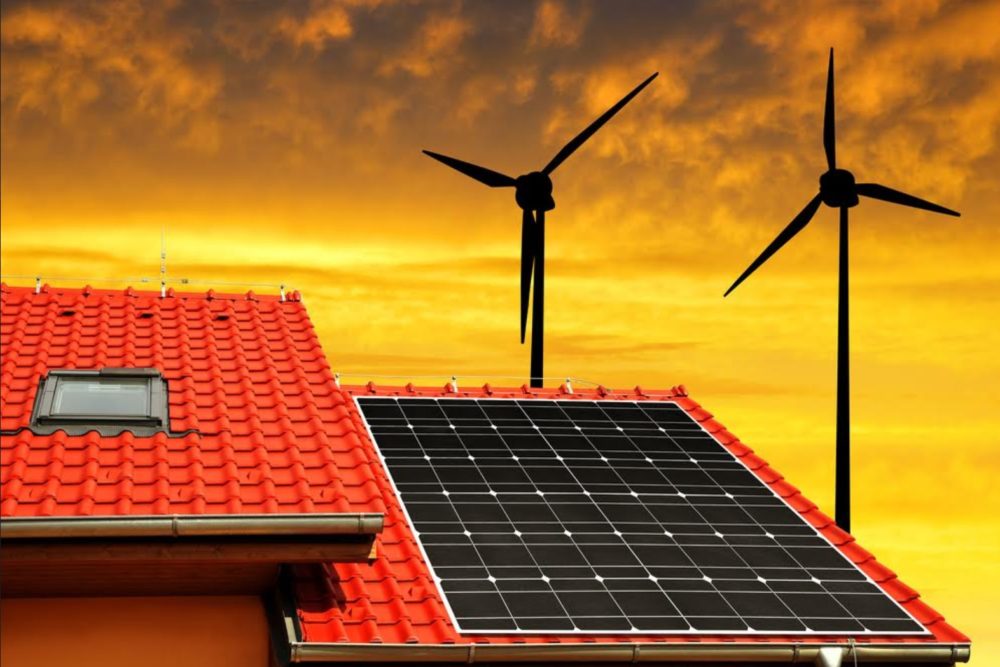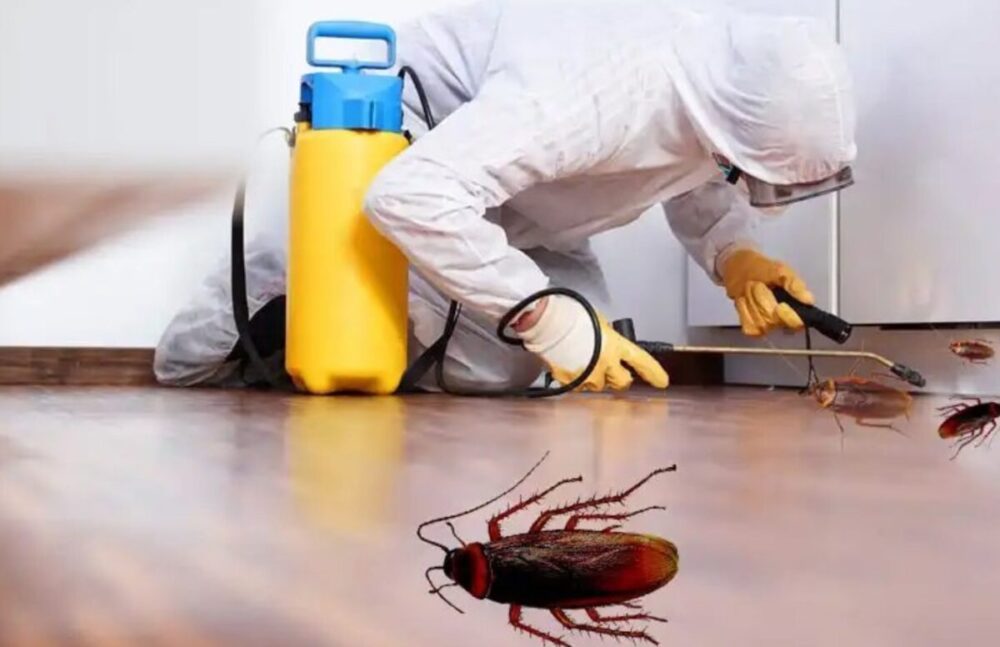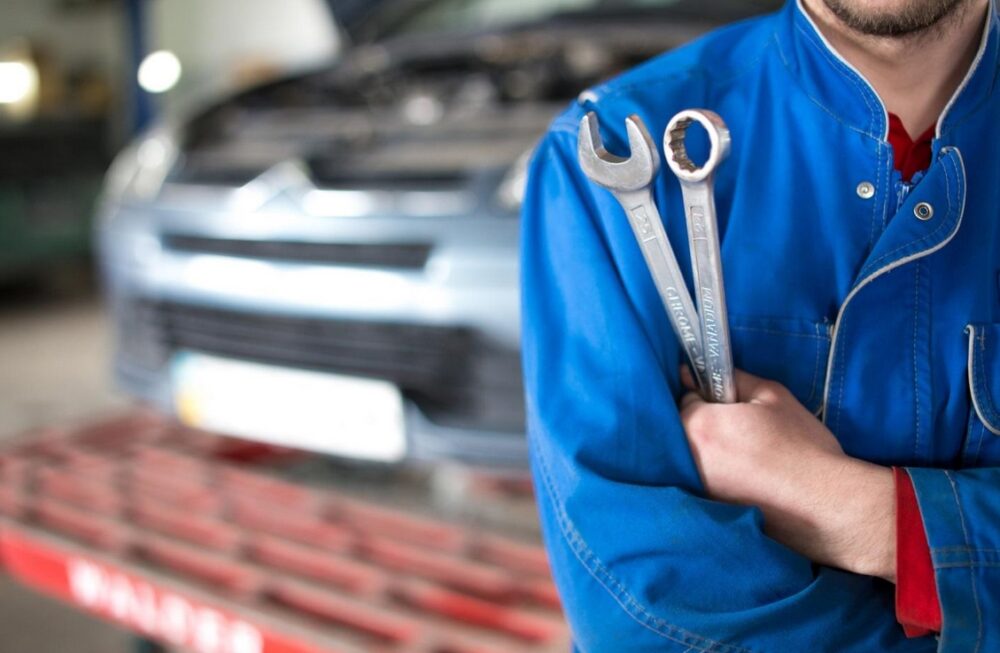Whether you are building a new house or renovating an old one, you’ve got the opportunity to make imperative choices that will maximize the sustainability of the house by making it more durable, energy-efficient, and healthy.
People often talk about building sustainability being a green building, an increasingly popular concept that relates to every element of the house from the structure, exterior surfaces, and roofing to air quality, heating and cooling, insulation, lighting, plumbing, and alternative or renewable energy systems as rooftop solar panels, solar water heating, and wind turbines. Read about these useful solar-powered gadgets for home on Allneedoff.
There is a myriad of possibilities from the planning phase to completion, and of course, even more options when the building or renovations are complete. These relate to the operation and maintenance of the building as well as the many products that may be used.
If you are renovating, you might be able to make a lot of changes without professional assistance, but if you are building from scratch, you will need to work with a team of professionals including the architect or designer, various engineers who specialize in heating, ventilation, and air-conditioning (HVAC), electrics, plumbing, or mechanical engineering, as well as electricians, plumbers, and various skilled tradesman.
Green Building from Top to Bottom
1. Planning phase
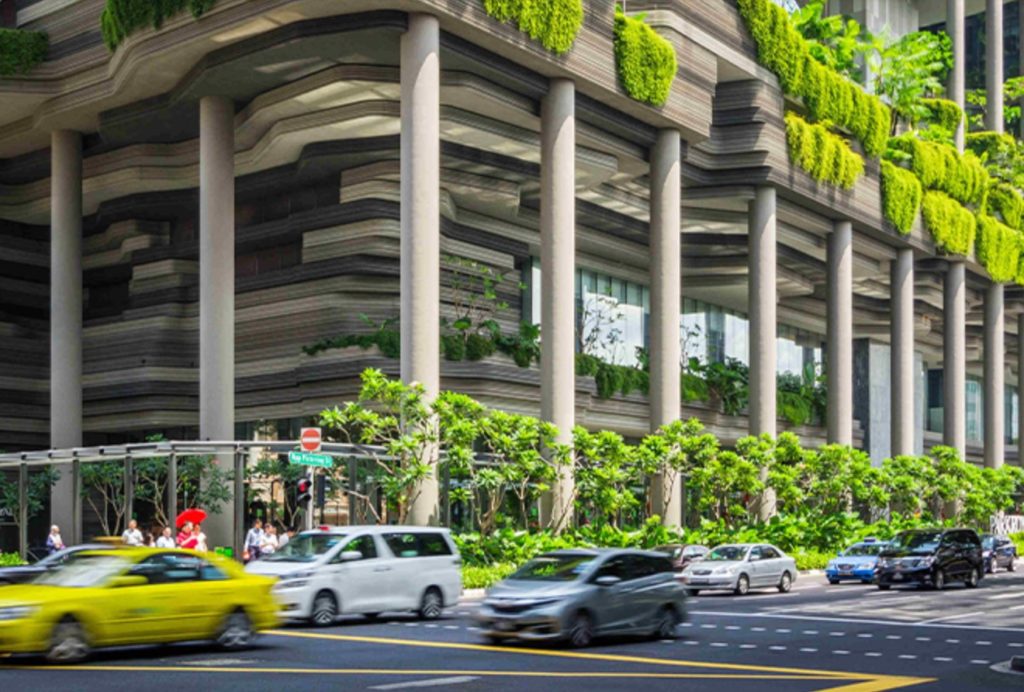
When deciding where to build it is sensible to take your lifestyle and work commitments into account. For instance, if you commute, make sure you buy a property that is close to public transportation facilities.
Designers and engineers from companies like NY-Engineers will ensure that full advantage is taken of free solar light and energy and that there is minimal damage to existing environmental habitats and plants. Professional designers who are committed to sustainability will also focus on optimal size, aiming for small, clever designs rather than big spaces. The fact is that when a house size is doubled, the energy use is trebled!
2. Specification of building materials and building methods
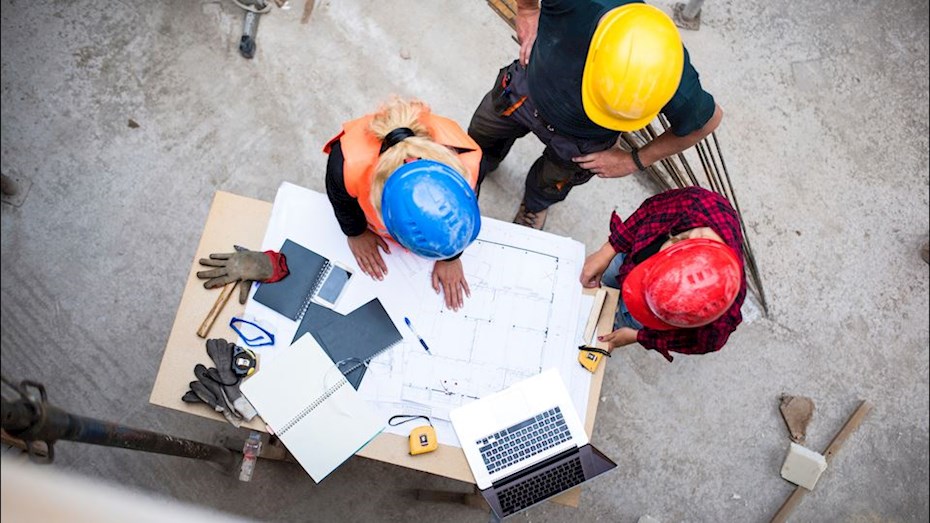
This is a huge topic because building materials and methods of construction are so varied, but there are numerous tips to consider, starting with concrete foundations that should be insulated to improve the heating efficiency of the house as a whole. It is a sobering thought that when concrete foundations are not insulated, this can reduce heating efficiency by as much as 50%. A popular insulating method for concrete slab foundations is spray-on or rigid foam. Foundation walls can be constructed using insulating concrete forms (ICF) that are lightweight, have a good thermal mass, and are easily assembled.
Window specifications are terribly important and glazing is covered by building standards in most parts of the world. Additionally, it’s prudent for designers to specify durable frames that can be recycled, and to ensure that they are meticulously flashed and sealed.
Wood framing is a common alternative to brick-and-mortar construction, but there are other green options including insulated concrete forms and straw bales (though the latter is not mainstream). If timber is used, it is essential that it is harvested sustainably and is certified. Alternatively, engineered wood products (EWP) manufactured from fast-growing species or scrap lumber, may be used.
Generally, materials that can be recycled are preferred because they reduce waste. It is also essential to choose materials with low-toxicity levels. These include carpets with natural fibers and wood floors that don’t contain formaldehyde.
Roof materials must also be chosen carefully, with lifespan and recyclability both taking preference. The same applies to sidings and decks.
It is also important to buy products used for caulking, wood staining, or painting with care. Avoid products that contain volatile organic compounds because these can impact on the quality of indoor air more than you might even imagine.
3. Steps to avoid air infiltration
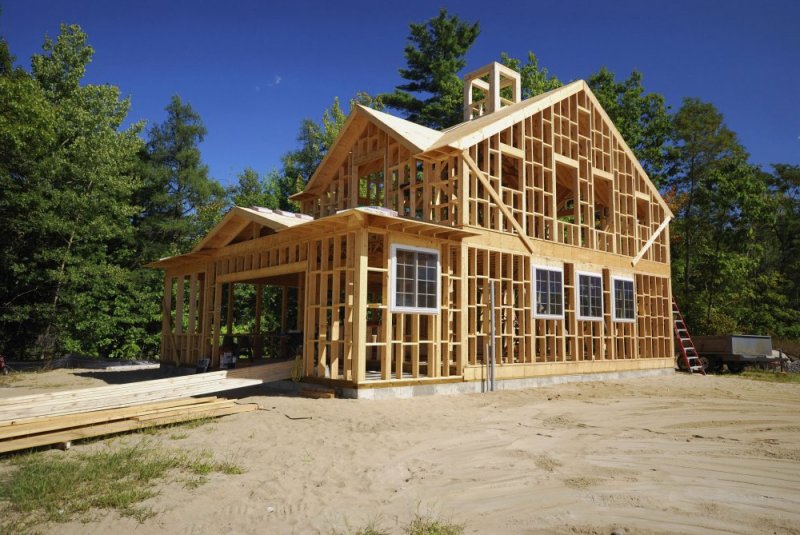
Wood-framed houses need special consideration when it comes to air infiltration and so it is essential to use insulation methods that will seal the shell of the building, particularly the walls and ceilings, tightly. Spray foam is a tight form of insulation, but cellulose and fiberglass are also commonly used.
Gaps around doors, windows, and pipes should be caulked or sealed with adhesive flashing.
Just be aware that some forms of insulation are more “green” than others. A professional in the trade will be able to advise.
4. Specification of systems
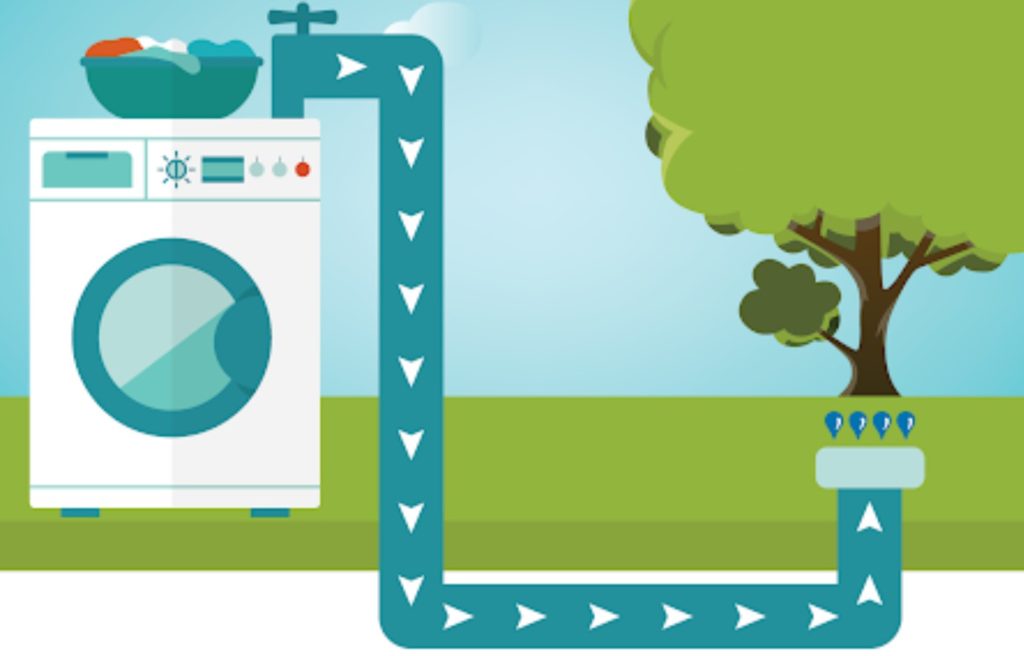
Energy-efficiency and water conservation are two major priorities in “green houses”. This means that water and any systems, HVAC included, that require energy must be carefully designed and performance fine-tuned to ensure they work efficiently. A “green house” will rely on heating and cooling systems that don’t use fossil fuels including heat pumps.
Additionally, it is essential to use energy- and water-efficient appliances, fixtures, and fittings that include washing machines and dishwashers, low-flow faucets and showerheads, and dual-flush toilets.
Greywater systems that recycle used water from baths, sinks, showers, and appliances can be used for outside irrigation with smart irrigation controls maximizing the system. Rainwater harvesting via gutters and downspouts is another way to conserve water. Both these systems produce non-potable water, but if filtered and/or processed it can be used for drinking.
5. Renewable energy

When it comes to renewable energy, the ideal is for you to produce more energy than you need. Although not yet the norm, there are states and cities that allow you to sell surplus energy back to the grid via utility companies.
Currently, the most common ways to produce renewable energy at home are by using solar panels or small wind turbines that create electricity.
Renewable energy sources also ensure that in any type of emergency, you will always have power.
Whether building or renovating, one way to reduce overall energy demand very easily – and instantly – is to install or retrofit lighting that uses light-emitting diodes (LEDs) or compact fluorescent lights (CFLs). The other is to use appliances that have been designed to save water and electricity.
These tips are just the beginning, but they should be enough to get you going, or at very least thinking seriously about sustainability.

